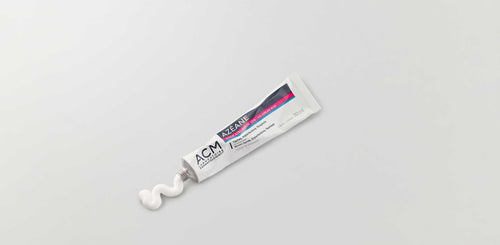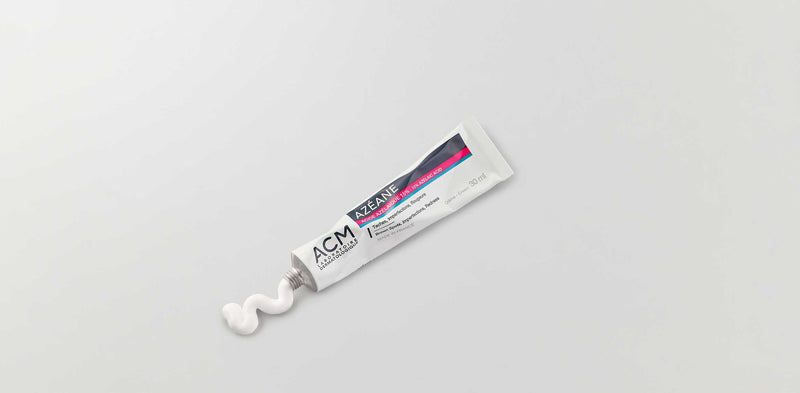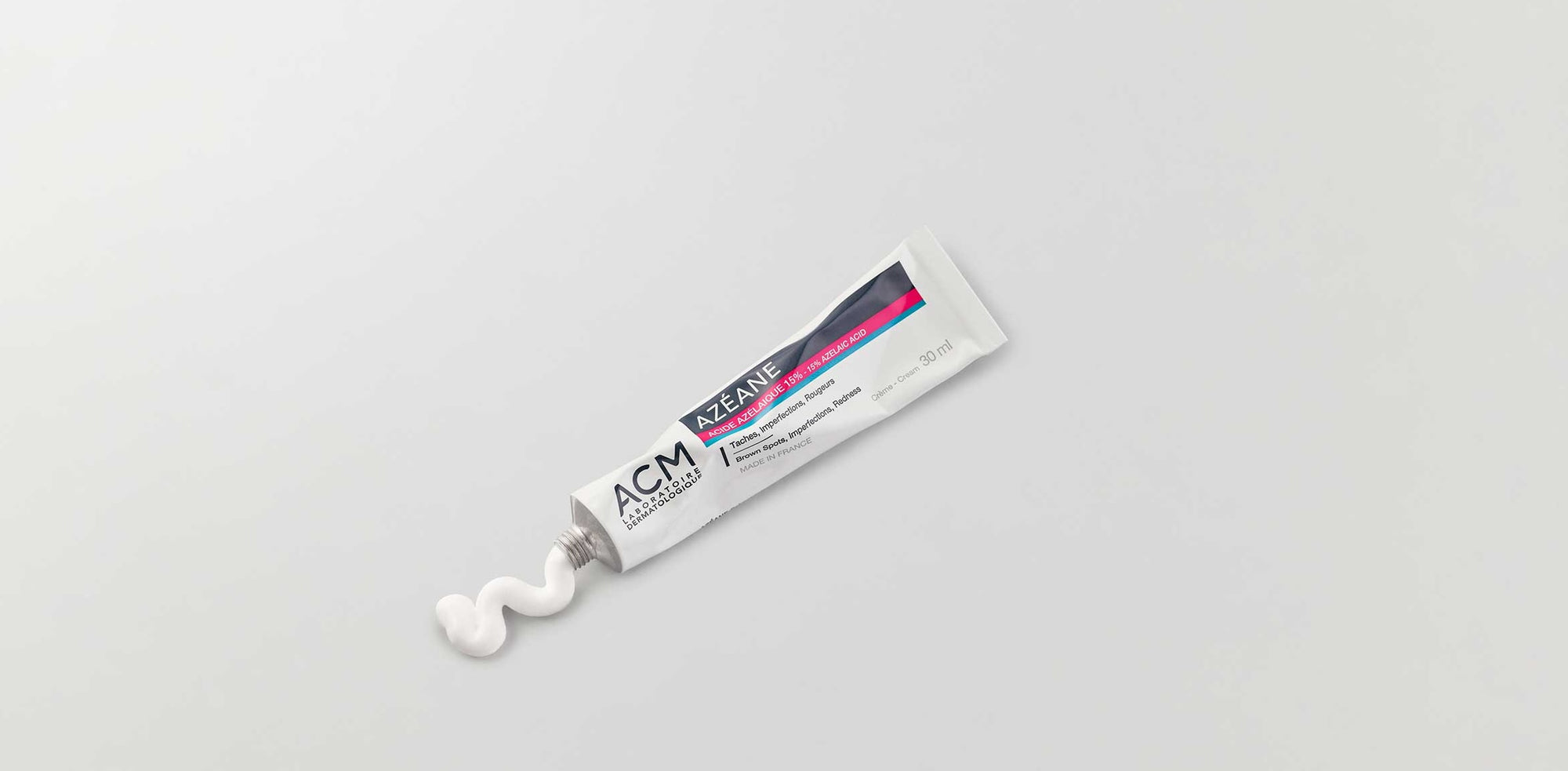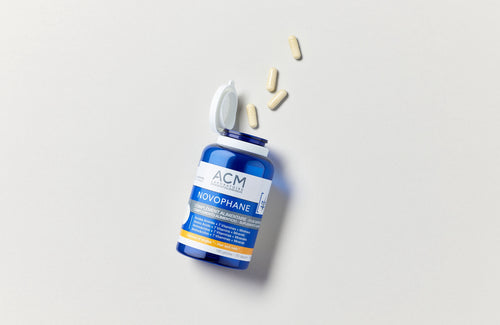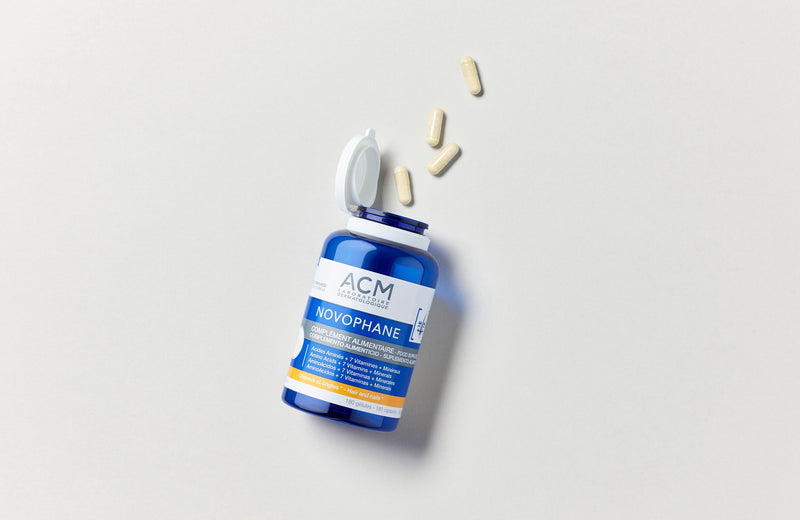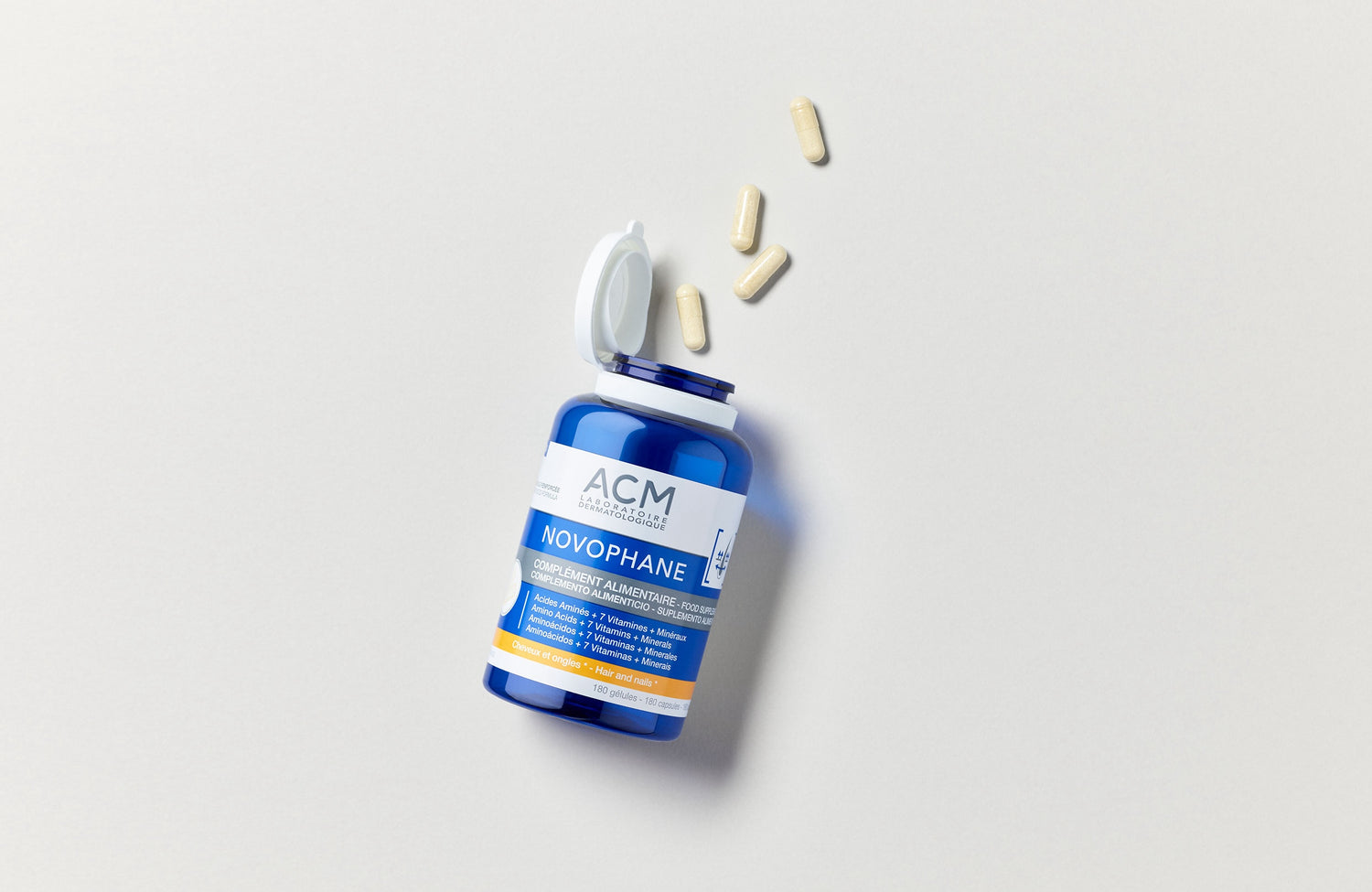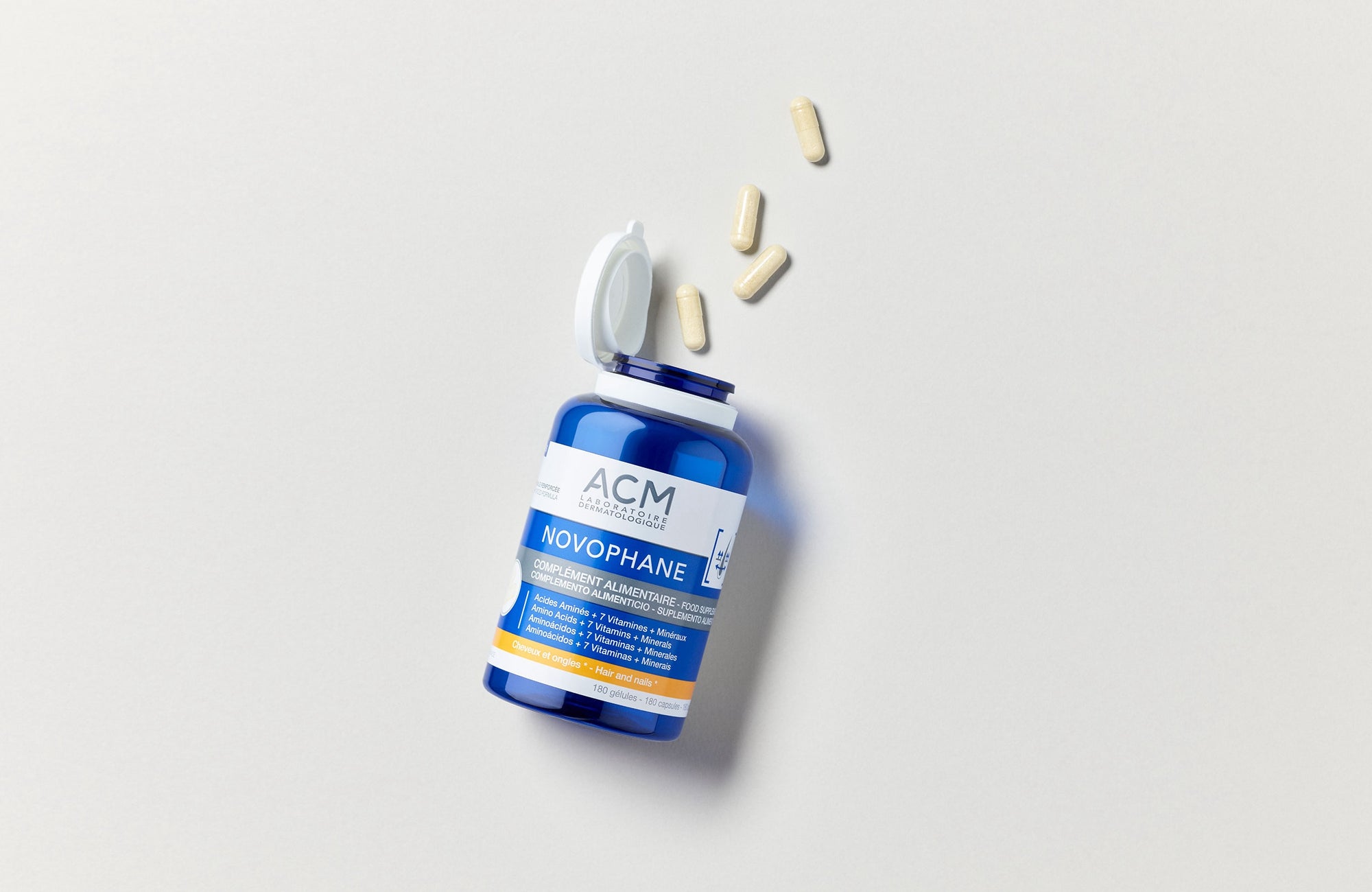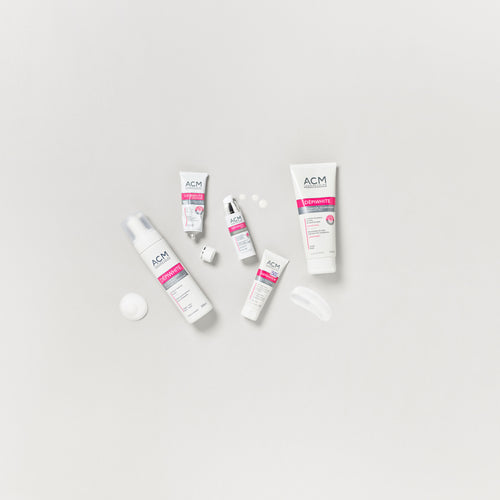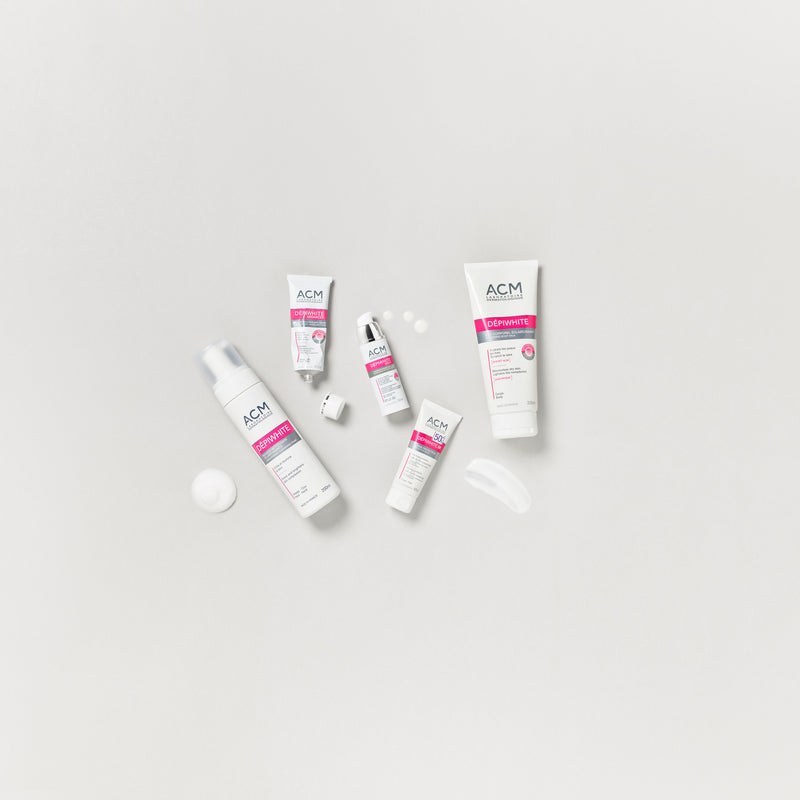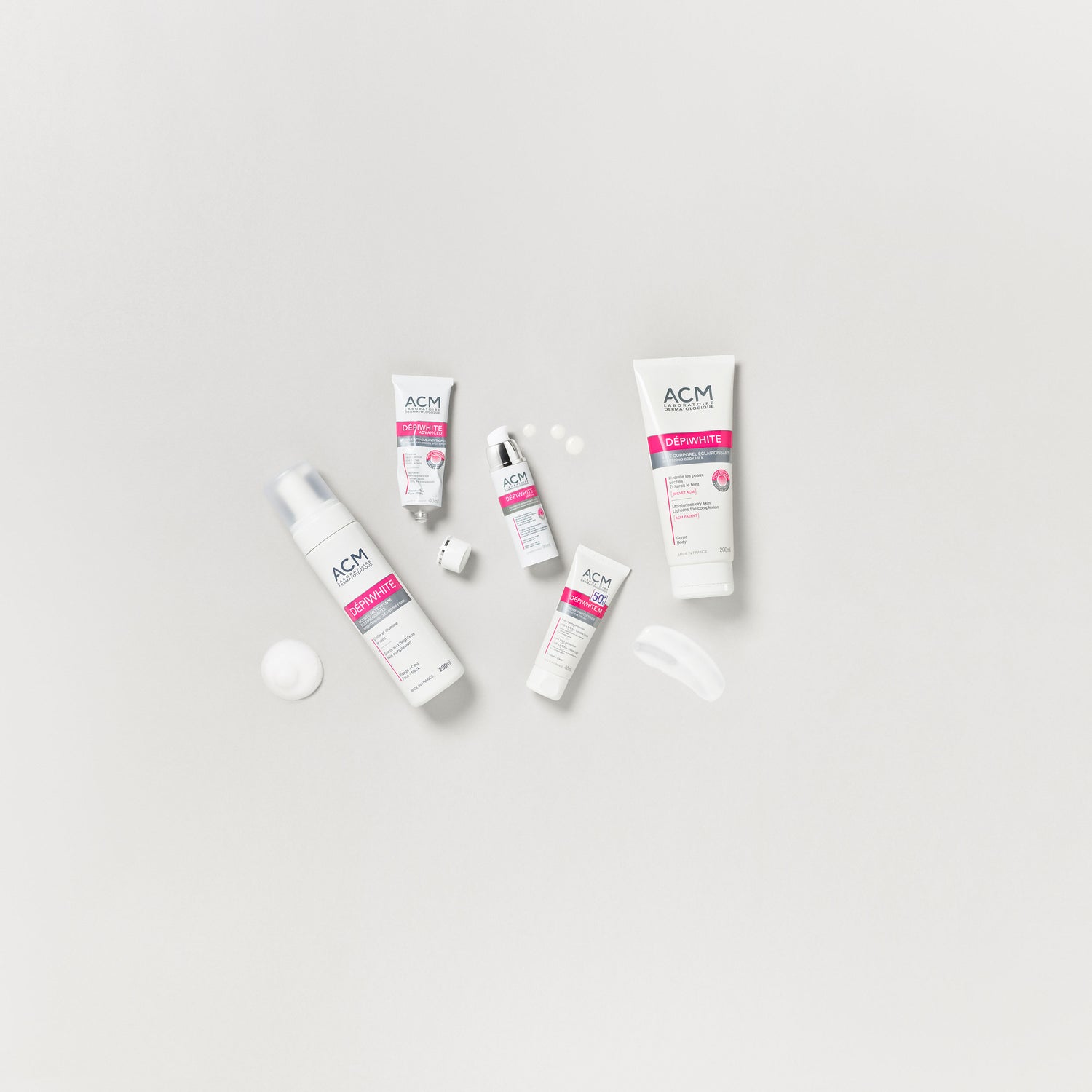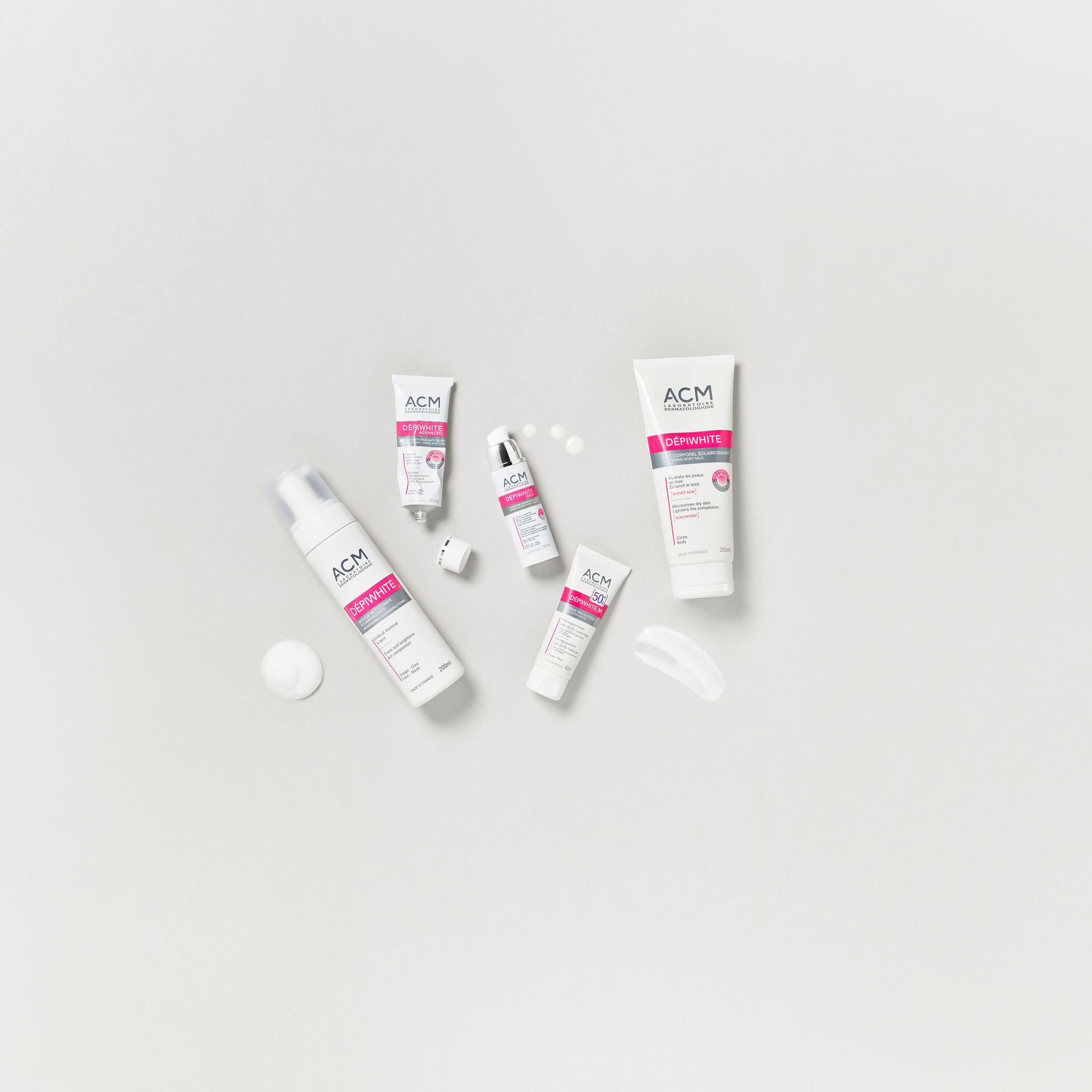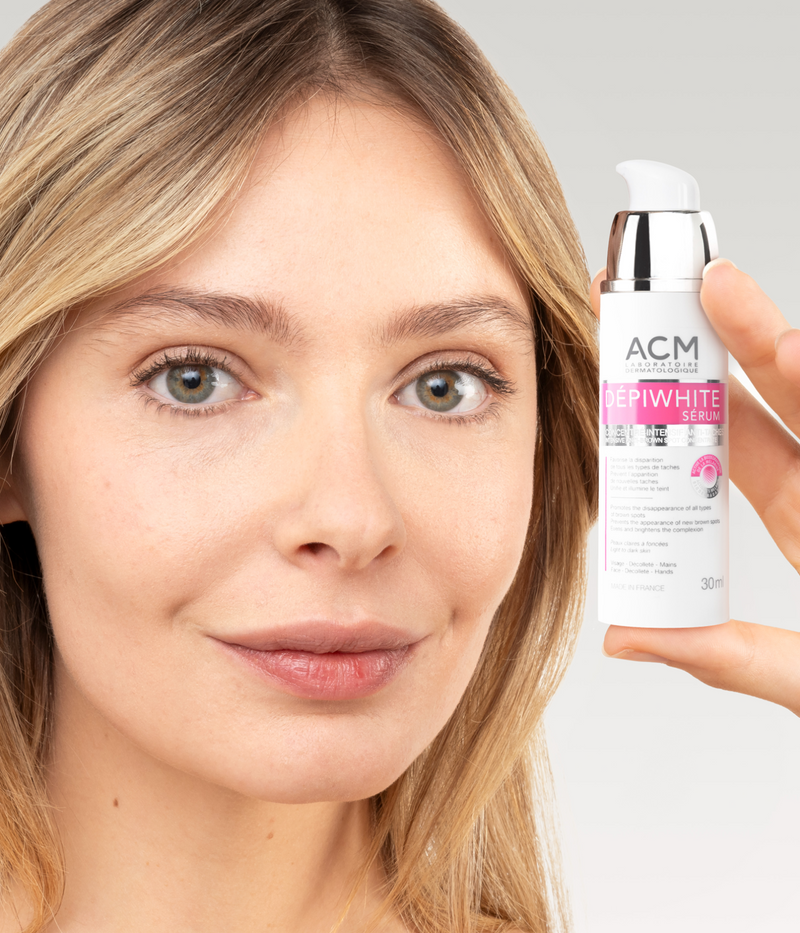







Molluscum contagiosum
Summary
Sources
We recommend our MOLUTREX range, specialised in molluscum contagiosum
Read also
Pigmentation
How to recognise pigmentation spots Types, causes and treatments
Not all skin spots are the same. They differ in appearance, cause, location, and treatment. Learning to distinguish them is essential to provide ap...
Read more
Pigmentation
How does hyperpigmentation vary according to skin tone?
Hyperpigmentation does not affect all skin types in the same way. Skin tone, defined by phototype, not only influences how often spots appear but a...
Read more
Pigmentation
Hyperpigmentation: What are the most effective treatments?
Once the type of spot is identified, the big question arises: how should it be treated? Today, there is a wide range of options for managing hyperp...
Read more




